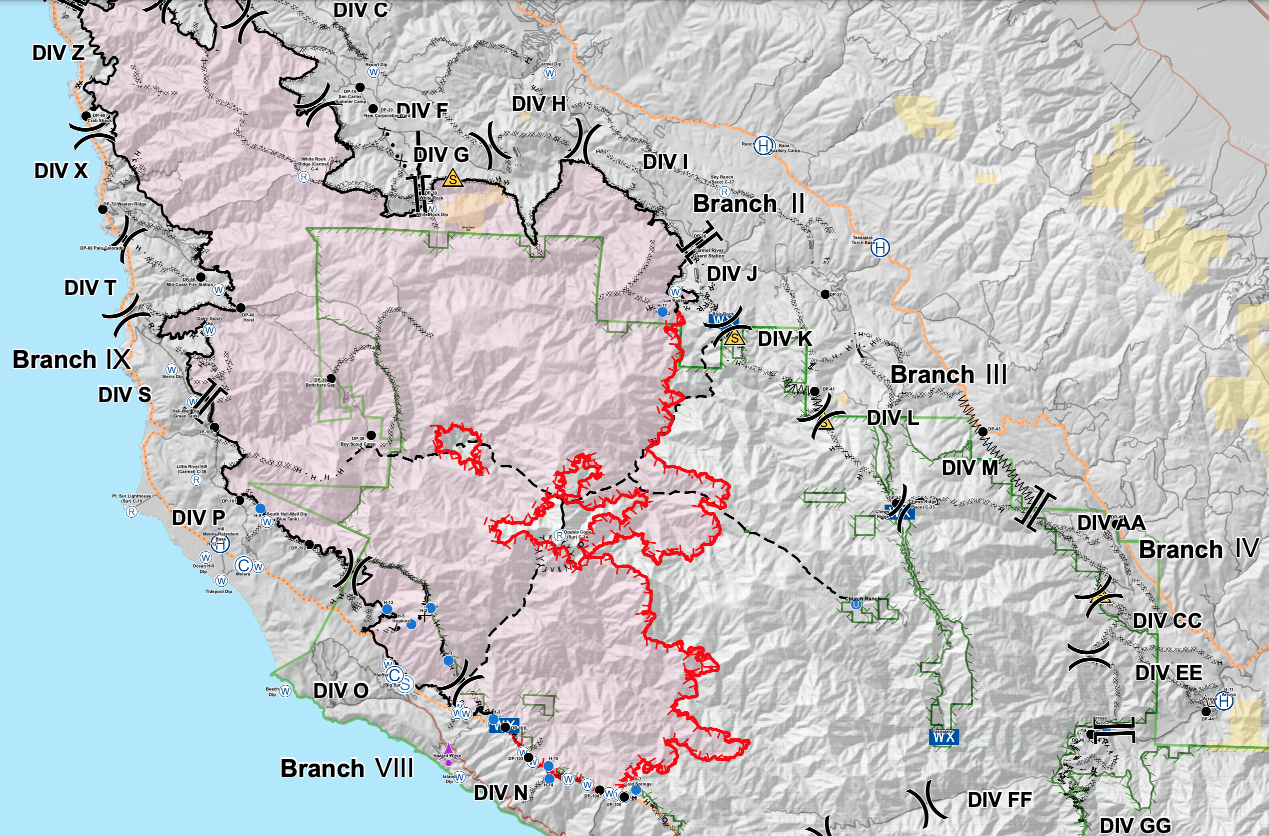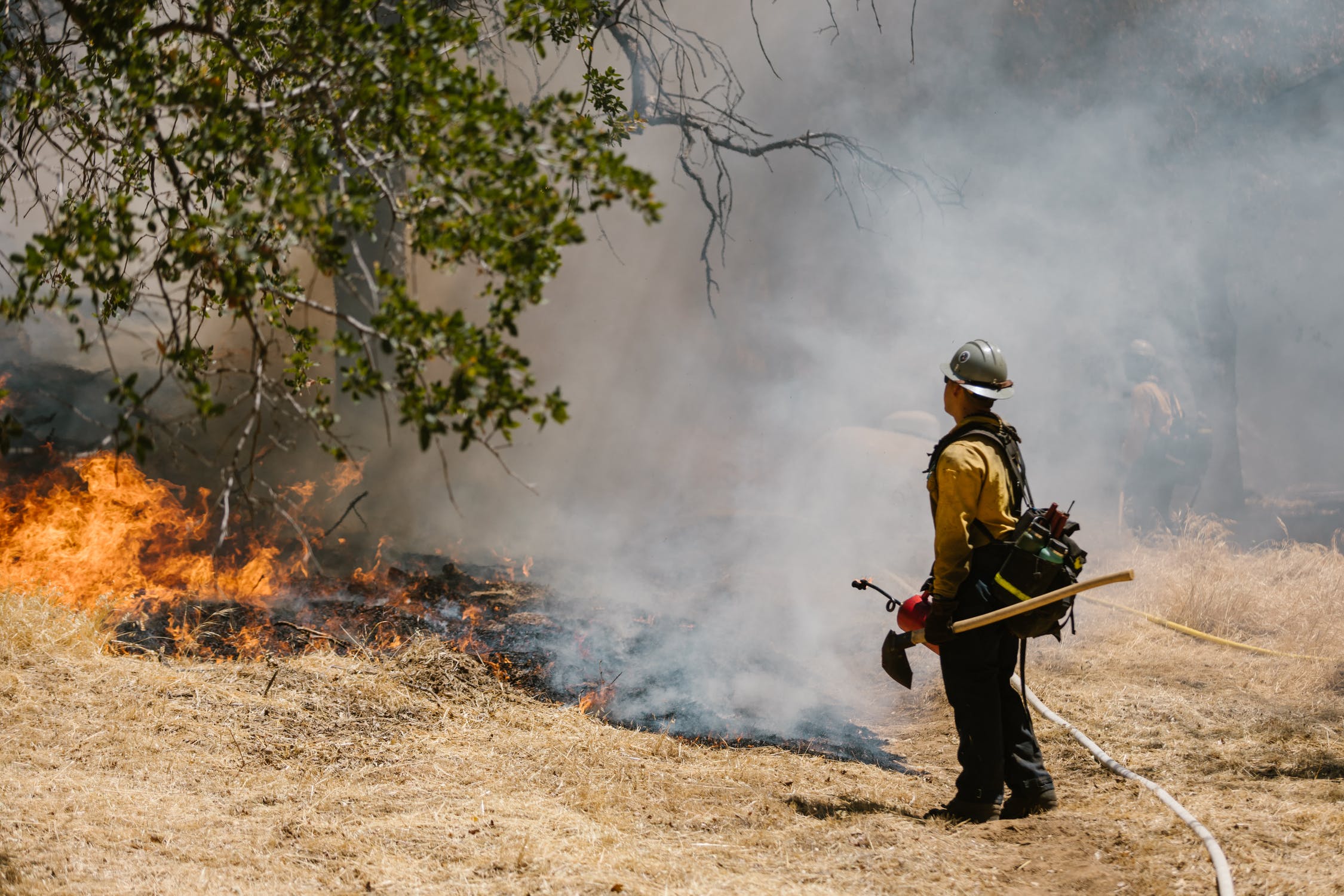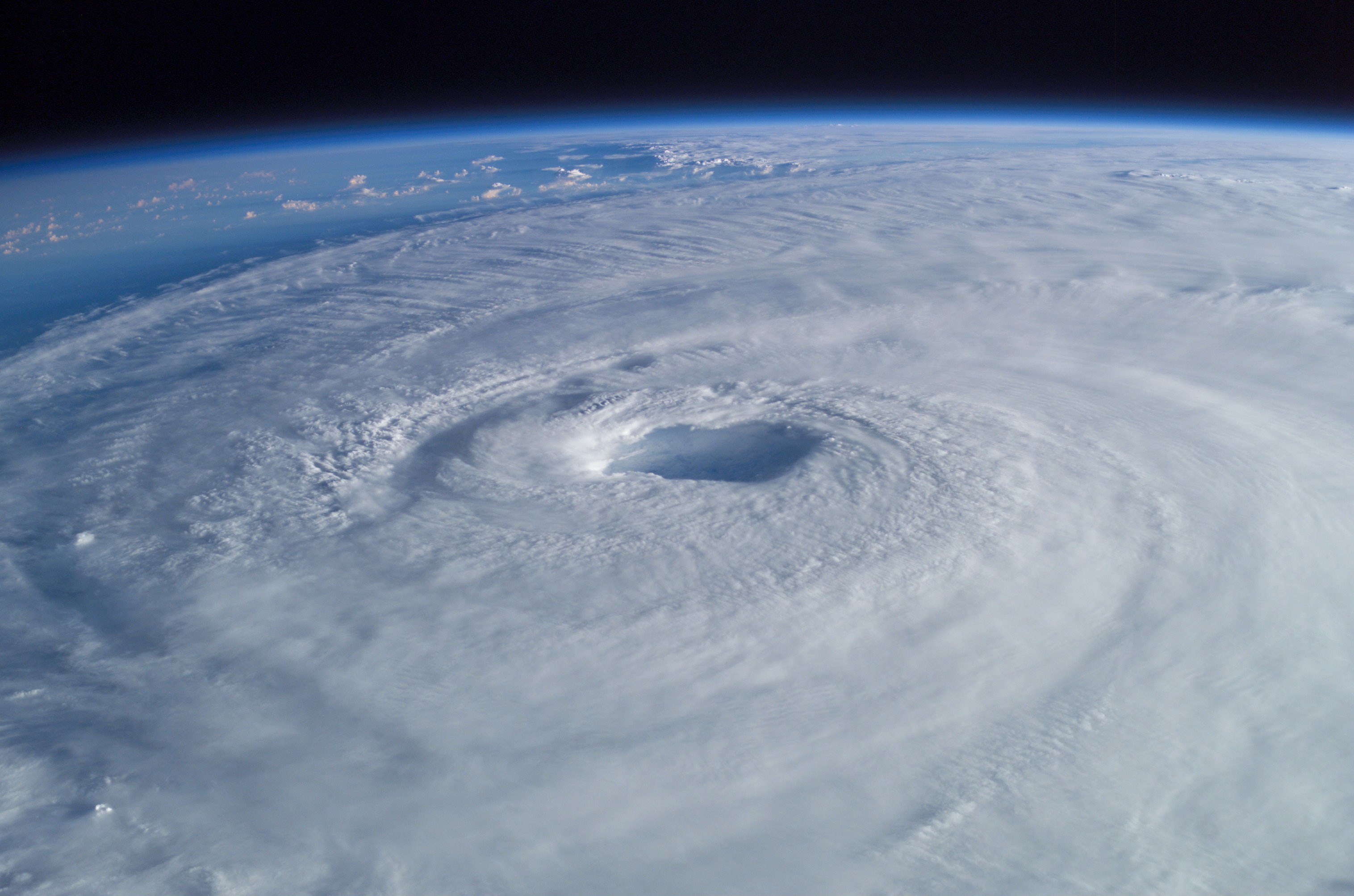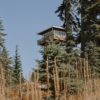Containment Versus Control
Containment is normally expressed as a percentage of the entire perimeter (the percentage of the black “contained” perimeter compared to the entire perimeter). A wildfire with 25% containment means control lines have been completed around 25% of the fire’s perimeter. Fire managers will not consider a portion of the fireline “contained” until they are confident that the fire will not grow further in that direction. The National Wildfire Coordinating Group defines control of a fire as:
The completion of control line around a fire, any spot fires therefrom, and any interior islands to be saved; burned out any unburned area adjacent to the fire side of the control lines; and cool down all hotspots that are immediate threats to the control line, until the lines can reasonably be expected to hold under the foreseeable conditions.

The Soberanes Fire took until winter to be called officially contained by Fire Managers. The map above is from August (mid-fire) showing containment lines in black and uncontrolled line in red.
Containment means Progress not Safety
As containment increases, the public may wonder why road closures or evacuations remain in place. It’s important to note that containment does not mean a fire is out, or that the danger has passed. Although it is an indicator of progress, the containment percentage doesn’t always correlate to safety level around or within the fire. Like with the Soberanes Fire, a fire itself may still burn within the interior for many weeks. Closures often remain in place long after containment is reached to keep the public safe and to give the land a chance to heal.




